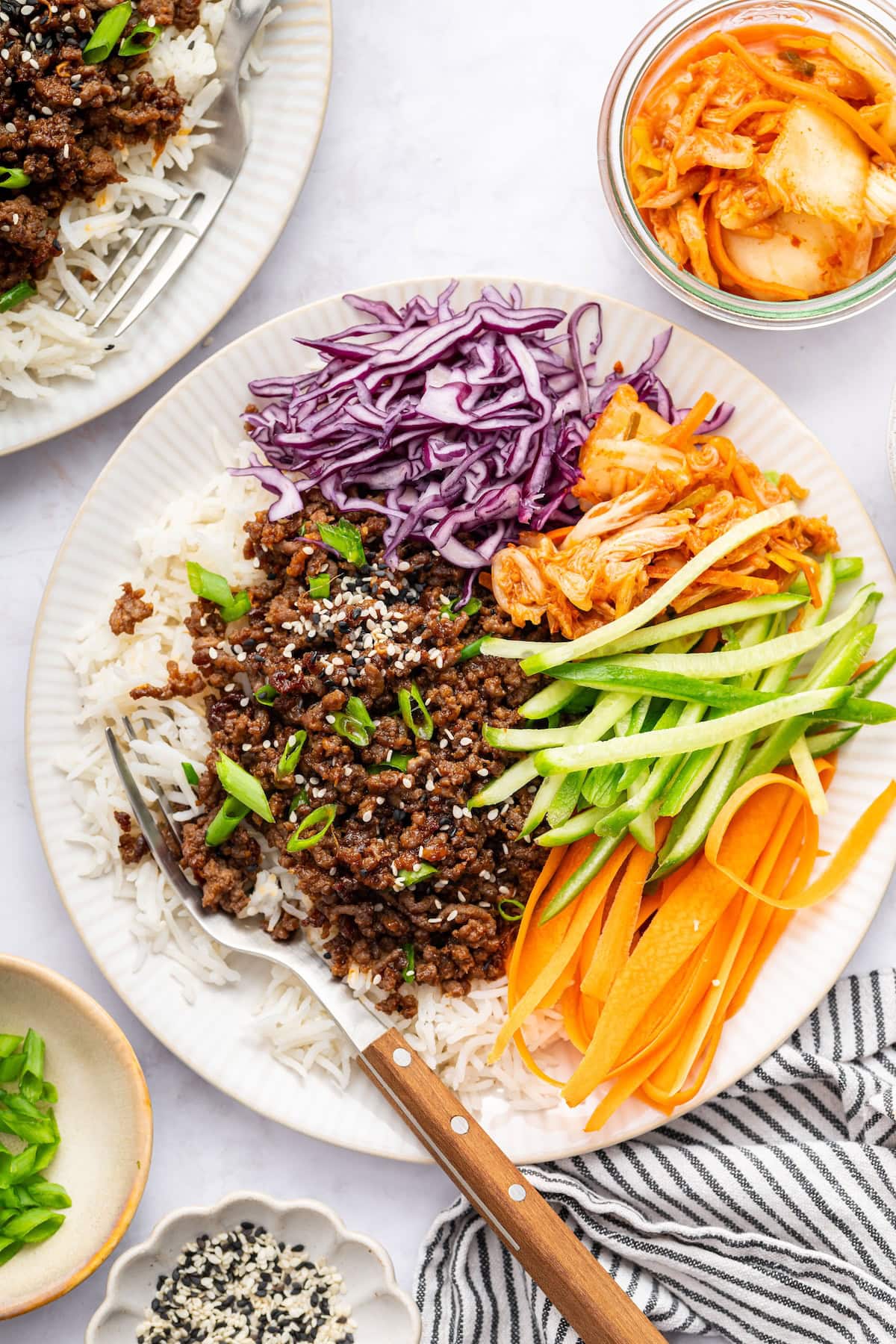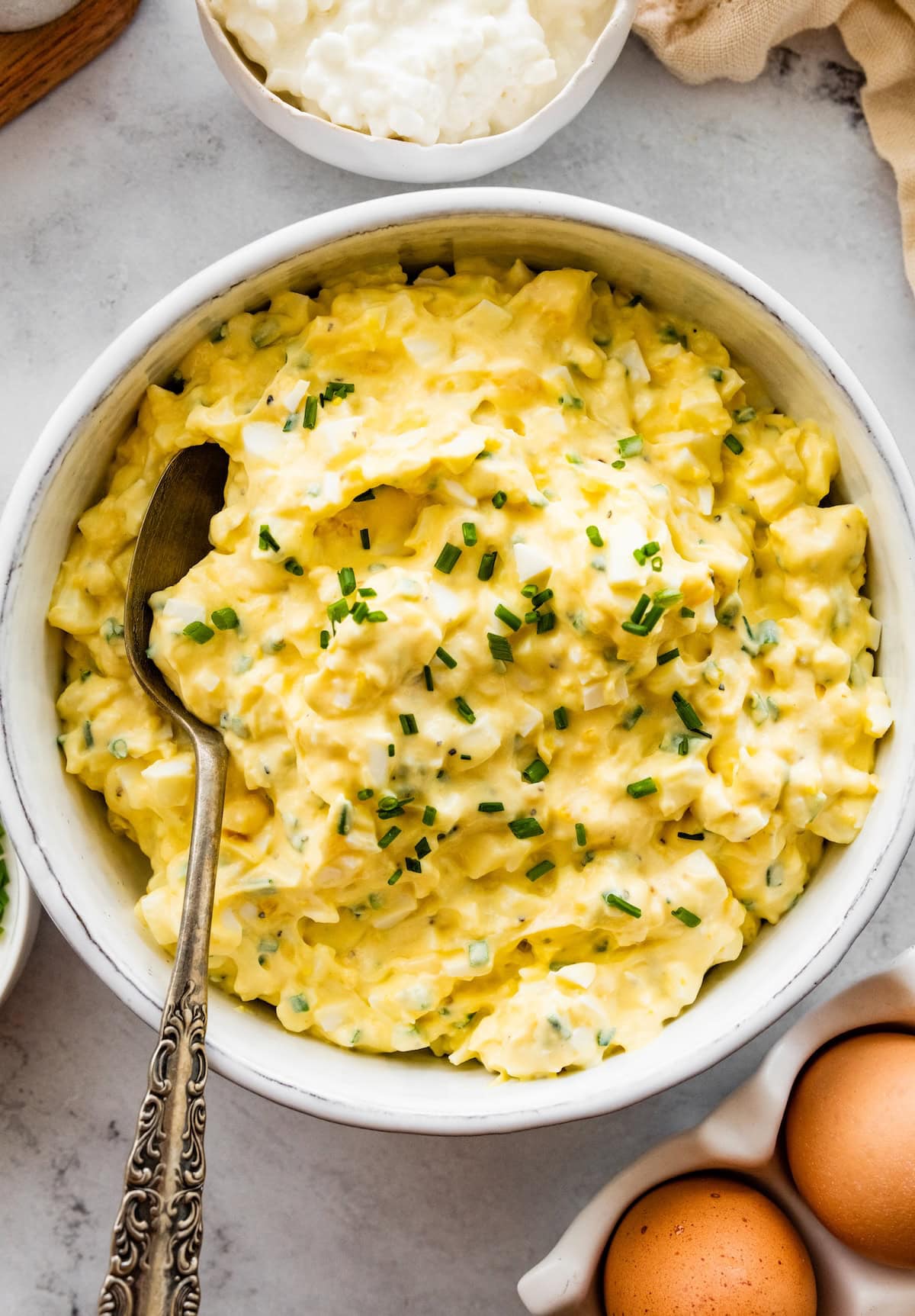First, evaluate each of your “typical” meals.
Do they all have a protein component?
If not, start by making sure you have protein represented at all primary meals.
Here are some great options for breakfast protein:
– Eggs or egg white omelets
– Sandwiches or sides turkey bacon or ham
– Parfaits using cottage cheese or Greek yogurt
– 3 Ingredient Orange Creamsicle Protein Shake (click here for recipe)
Here are some great options for snack protein:
– Hard boiled eggs
– Churro Peanut Butter Cereal Bars (click here for recipe)
– Beef jerky
– Veggies and hummus, add in some roasted chickpeas or nuts for an extra boost
Here are some great options for lunch and dinner protein:
– Chicken or turkey breast (pasture raised if possible)
– Top sirloin steak or ground beef (grass-fed if possible)
– Seafood like salmon, cod, halibut, tuna, or shrimp (wild caught if possible)
– Pork tenderloin (nitrate free if possible)
If protein is represented at all meals and you’re STILL under your goal…
Upgrade the portion size of your chosen protein source within each meal.
Ex: 2 eggs becomes 3 or 4 eggs, 4 oz of chicken becomes 6 oz of chicken, etc.
If protein is represented, AND you’ve increased portion sizes, AND you’re still under your goal…
Evaluate your chosen protein sources and consider where you might be able to make leaner choices.
(Leaner protein sources carry more protein per ounce than their fattier counterparts – for example, a simple swap from chicken thighs to chicken breast yields more protein).
When looking at the nutritional info for a protein source, shoot for a 2:1 protein to fat ratio.
You can also choose carb and fat sources that “multitask” as a protein source.
This means that the particular food source profiles as a carb or fat, but still carries meaningful ancillary protein to help boost your intake.
For example:
– Beans
– Sprouted grains
– Dave’s Killer breads and bagels
– Nut butter, nuts, and seedsPowdered peanut butter
– Hard cheeses
– Filtered milk
– Cottage cheese
And don’t forget you can always supplement with a high quality protein powder (enter: Stronger Faster Healthier).
Protein shakes are a great way to quickly and conveniently boost protein intake in a pinch.
You can enjoy protein powder in many ways:
– Shake up 1-2 scoops with your liquid of choice (water, almond milk, juice, etc.)
– Blend it up with some frozen fruit and nut butter for a complete smoothie
– Mix a scoop into your oatmeal
– Mix it into a yogurt parfait
– Mix it with cream of rice and some peanut butter or powdered peanut butter
– Incorporate it into a recipe like these:
Snickerdoodle Oatmeal Bites (click here for recipe)
Protein Waffles (click here for recipe)
Lastly, I strongly recommend tracking your intake – even if just for a short period of time.
Tracking your intake and macros can be a great educational tool. It will allow you to objectively evaluate your current habits, learn more about what’s in the food you eat and what makes you feel good vs. not so good, and it’s an accountability mechanism. Anecdotally, many of my clients see an immediate boost in protein intake once they start tracking, as they’re faced with a daily goal that remains top of mind.
In the 10 years that I’ve been nutrition coaching, I’ve dabbled in a lot of systems and apps. To date, Macrostax is the best tracking app I’ve ever seen and would recommend it to anyone looking to dial in their nutrition and performance. Their macro calculations are spot on (and – to one’s surprise – very protein-forward). They have exclusive recipes built into the app itself, and to make things even easier, they’re designed to hit your macros which means they’re already high in protein! The app provides users direct access to a nutritionist chat line, and offers no shortage of resources and recipes to help you smash your goals.
Publisher: Source link



